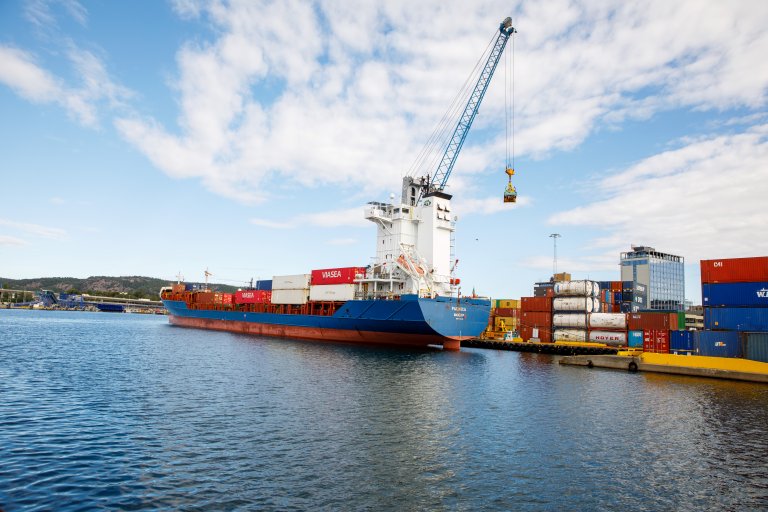
As Coronavirus spread across the globe in 2020, the global economy experienced a devastating health and financial crisis. Restrictions on international movement of goods and people resulted in substantial reductions in trade and output volume (almost) equivalent to what was seen during WWII. However, as governments around the world resorted to helping one another, the trade industry saw incredible shifts in just about a year which are normally expected to take place in a time span of 4-5 years. Transportation of medical equipment, vaccines and other essential goods created enhanced demand for cold storage, perishable shipment and temperature-controlled shipment, in addition to the overall boost created in the trade industry subject to product type.
Owing to this urgent upsurge in demand - countries were seen relying on every mode of transport possible - a huge dependence was seen on transportation via sea. Despite the many challenges faced in terms of shortage of container, vessel space issue or prolonged transit times, sea freight shipment remained the widely chosen mode of transportation.
What makes sea freight a preferred choice?
In current situation, it would be misleading to claim sea freight to be a cheaper mode of transport. However, it still remains cost-effective in comparison to its alternative method, i.e. air freight.
Orders depending on commodity can sometimes come in varied shapes and sizes that are mostly (only) suitable for transportation by sea. Thus, sea freight supports odd-dimensional freight.
Most importantly, especially in today’s time, sending your shipment via sea helps you be environmentally-conscious. The freight method reduces your carbon emissions by 25-30% provided LNG or other types of environment-friendly fuels are used. Many well-established shipping lines are investing in new ships that are capable of running on clean methane; as a result, number of LNG-fueled ships in water continues to increase. To accomplish the targets to reduce greenhouse emissions by 50% put forward by the International Maritime Organisation (IMO), the world is resorting to other methods as well, which has led to the entrance of the largest electric ferry in Norway.
However, bear in mind that for sea freight you need to consider a transit period of 30-40 days (or more) depending on the port of destination.
For sea freight, what are the options?
You can choose to ship your goods as either of the following options:
Full container load or FCL – This usually means that a 20 ft container can accommodate up to 27 m.t by weight or up to 25 cubic meters by volume, and for 40 ft., a standard sized container can accommodate up to 25 m.t by weight or up to 55 cubic meters maximum by volume. If the container type is a 40 ft. high cube, one can fit up to 60 cubic meters by volume.
Less than container load or LCL – This is applicable when your order is not large enough (container load) and needs to be clubbed with other shipments that are scheduled to be sent to the same port of destination.